Metozan 7.5 mg (30 tablets)
$7.40
Description
The instruction for use
of medicine for experts
МЕТОЗАН®
the Trade name
Metozan
Mezhdunarodnoye the unlicensed
name Meloksikam Lekarstvennaya a form
of the Tablet of 7.5 mg and 15 mg
Structure
One tablet contains
active agent – to meloksika of 7.5 mg and 15 mg,
excipients: corn starch, peptized starch, colloidal anhydrous starch, sodium citrate, lactose monohydrate (43 mg), microcrystalline cellulose, magnesium stearate.
The description
Round tablets of pale yellow color with the line of a break on one party.
The pharmacotherapeutic group
Nonsteroid anti-inflammatory and antirheumatic drugs
the Code of automatic telephone exchange M01AC06
the Pharmacological
Pharmacokinetics Later properties of oral administration of drug, bioavailability of a meloksikam makes about 89%. Concentration of drug in blood plasma in doses of 7.5 mg and 15 mg, are respectively proportional: on average 0.4-1.0 μg/л for 7.5 mg and 0.8-2.0 μg/л for 15 mg (From mines and With max. at a steady state).
Meloksikam intensively contacts proteins of blood plasma (99%), mainly, albumine. The expressed volume of distribution at taking the drug, is between 10 and 15 liters (0.1 – 0.2 l on kg). Meloksikam gets into perivascular spaces including in synovial fluid. Concentration of a meloksikam in synovial fluid is equal to about a half of the corresponding concentration in plasma.
Meloksikam is almost completely metabolized on four pharmacological inactive a metabolite. Only 3% of the accepted dose are removed in an invariable look. Meloksikam is brought through kidneys and intestines. Average elimination half-life makes about 20 hours. Steady concentration in blood plasma is reached in 5 days.
The plasma clearance is about 8 ml/min. At elderly people the clearance is reduced. The volume of distribution increases at patients with the profound renal failure, at these patients the total daily dose should not exceed 7.5 mg.
The pharmacodynamics
of Metozan is non-steroidal anti-inflammatory drug, has anti-inflammatory, anesthetizing and febrifugal properties. Belongs to the class of oksikam, derivative enoliyevy acid. The action mechanism – inhibition of synthesis of Pg as a result of selective suppression of enzymatic activity of TsOG2. When assigning in high doses, prolonged use and specific features of an organism the selectivity of TsOG2 decreases. Suppresses synthesis of Pg in the field of inflammation more than in a mucous membrane of a stomach or kidneys that is connected with rather selective inhibition of TsOG2. Causes erosive and ulcer gastrointestinal diseases less often.
Indications
– short-term treatment of acute diseases of the joints which are followed by pain (arthrosis, an osteoarthrosis)
– long-term treatment of rheumatic diseases of joints (chronic polyarthritis)
– treatment of a disease of Bekhterev (ankylosing spondylitis).
A route of administration and doses
Acute symptoms of osteoporosis
the Standard dose – 7.5 mg a day. If this dose does not lead to improvement, the daily dose can be raised to 15 mg a day.
A pseudorheumatism of 15 mg a day.
For adult patients with chronic polyarthritis the dose recommended for long-term treatment makes 7.5 mg a day.
The patient with the increased risk of side effects, it is necessary to begin treatment with 7.5 mg a day.
An ankylosing spondylitis of 15 mg a day. The general daily dose should not exceed 15 mg.
The patient for whom dialysis in a type of a heavy renal failure is necessary the dose should not exceed 7.5 mg.
The general daily dose should be accepted during meal once a day, washing down with enough water.
Duration of therapy is defined by a medical prescription. Meloksikam, as well as
other NPVS, can be applied within many months, years and
is even constant if they are effective, are well transferred, do not cause
serious by-effects, especially gastropathies.
Collateral action
– stomatitis, an esophagitis, dyspepsia, nausea, vomiting, an abdominal pain, constipations, a meteorism, diarrhea, is less often noted an ulceration, perforation or gastrointestinal bleeding (sometimes in a severe form, especially at elderly people), gastritis was in rare instances noted
– hematologic disturbances were in rare instances noted: anemia, a leukopenia, thrombocytopenia, in isolated cases an agranulocytosis – at the patients accepting to meloksika in combination with other potentially miyelotoksichny drug
– an itching, rash, urticaria, photosensitivity, seldom or never can meet bullous reactions, such as multiformny erythema, Stephens-Johnson’s syndrome and toxic epidermal necrosis
– anaphylactic/anaphylactoid reactions and also a Quincke’s disease are in rare instances noted
– at some patients with allergic reactions to acetylsalicylic acid and other non-steroidal anti-inflammatory drugs asthma attacks
– dizziness, headaches, drowsiness, sonitus, dreadful dreams, confusion of consciousness were noted
– the disorder of vision, including vagueness of images
– hypostases, including hypostases of legs is in rare instances noted, heartbeat, inflows
– is possible change of parameters of renal function (increase in level of serumal creatinine or urea)
– passing changes of indicators of hepatic function (increase in concentration of transaminases or bilirubin), exceptional cases of hepatitis.
Contraindications
– pregnancy and a lactation
– hypersensitivity to a meloksikam, any of fillers or substances of the similar mechanism of action (for example, to non-steroidal anti-inflammatory drugs, acetylsalicylic acid)
– the active round ulcers or a recurrence of round ulcers celebrated in the anamnesis
– a heavy liver failure
– a heavy renal failure without dialysis
– gastrointestinal bleeding, cerebrovascular bleeding or other hemorrhagic disturbances
– age up to 15 years (safety and efficiency of drug concerning children in is not established).
Medicinal interactions
At the combined reception of a meloksikam with any of the following substances the clinical status of the patient and laboratory parameters are subject to stringent control.
Not recommended combinations
Reception with oral anticoagulants, parenteral heparin, tiklopidiny: the increased risk of bleeding owing to suppression of function of thrombocytes and injury of a mucous membrane of digestive tract. Stringent control of anticoagulating effect is obligatory if this combination of drugs is inevitable.
At the combined intake of several non-steroidal anti-inflammatory drugs the synergy effect resulting from it can lead to increase in risk of an ulceration of digestive tract and bleeding.
Lithium: non-steroidal anti-inflammatory drugs increase concentration of lithium in blood serum which can reach the toxic level (decrease in renal clearance of lithium). This parameter should be checked in an initiation of treatment irrespective of when doses and when treatment meloksikamy stops change.
A methotrexate in a high dose (≥ 15 mg / in a week): anti-inflammatory agents can raise a methotrexate gematotoksichnost owing to usually reduced renal clearance of the last. The agranulocytosis case on introduction of a methotrexate is noted at the patient accepting it with meloksikamy. Relationship of cause and effect with meloksikamy not can be is shown, nevertheless, this combination has to be used with care and at stringent control of hematologic indicators. The combinations of drugs demanding extra care
Cyclosporine: non-steroidal anti-inflammatory drugs can stimulate nephrotoxicity in the way prostaglandin – the mediated action. At the combined treatment it is necessary to control renal function.
Diuretics: treatment of the dehydrated patients with non-steroidal anti-inflammatory drugs is connected with risk of developing of an acute renal failure (reduced glomerular filtration). If meloksika need to accept in combination with diuretics, the patient has to receive enough liquid, and from an initiation of treatment the renal function has to be under observation.
A methotrexate in low doses (
Pentoksifillin: the increased risk of bleedings. Intensive clinical observation of the patient and frequent control of a bleeding time is recommended.
Zidovudine: risk of the increased erythrocytotoxicity owing to its action on reticulocytes which can lead to heavy anemia in a week after an initiation of treatment non-steroidal anti-inflammatory drugs. In 1-2 weeks from an initiation of treatment it is necessary to carry out by non-steroidal anti-inflammatory drugs blood test, including the analysis of quantity of reticulocytes.
Combinations of drugs,
Antihypertensive drugs, possible after the analysis of consequences (for example, β-blockers, APF inhibitors, diuretics): non-steroidal anti-inflammatory drugs can reduce antihypertensive effect by decrease in formation of prostaglandins.
Intrauterine contraceptives: non-steroidal anti-inflammatory drugs perhaps reduce efficiency of intrauterine contraceptives.
Trombolitiki: the increased risk of bleeding.
Other combinations of drugs: the combined intake of antiacid drugs, Cimetidinum, a β-atsetildigoksin and furosemide did not lead to considerable pharmacokinetic interactions with meloksikamy. Holestiramin increases clearance of a meloksikam owing to its binding in digestive tract. It is not necessary to exclude a possibility of interaction with oral antidiabetic drugs.
Special instructions
Prior to treatment meloksikamy be convinced that any cases of an esophagitis, gastritis, a round ulcer or stomach ulcer noted in the anamnesis of patients are completely cured.
During treatment meloksikamy, patients in whose anamnesis these disturbances were noted have to be examined systematically in order to avoid a possible recurrence.
Patients with symptoms of gastrointestinal disturbances or gastrointestinal diseases and the anamnesis, have to be under observation concerning side effects from digestive tract, especially gastrointestinal bleeding.
Like treatment all non-steroidal anti-inflammatory drugs, during treatment meloksikamy noted gastrointestinal bleeding and ulceration/perforation (in rare instances with a lethal outcome). These cases can take place of treatment at any time as in the presence, and without symptoms of the heavy gastrointestinal disturbances noted in the anamnesis of the patient. Gastrointestinal bleeding and ulceration/perforation usually at elderly people have more serious consequences.
If, in rare instances, gastrointestinal bleeding or an ulceration nevertheless takes place, treatment should be stopped.
If side effects involve skin or a mucous membrane, it is necessary to consider a question of the treatment termination meloksikamy. It is known that heavy side reactions from integuments arise during treatment by non-steroidal anti-inflammatory drugs, including oksikama.
In rare instances non-steroidal anti-inflammatory drugs can induce interstitial nephrite, a glomerulonephritis, renal medullary necrosis or a nephrotic syndrome.
Increase in level of serumal creatinine or residual nitrogen of urea and also presence of other patologichny laboratory indicators is noted. In most cases these changes have easy and reversible temper. If changes considerable and resistant, it is necessary to cancel drug and to perform the corresponding examinations. Non-steroidal anti-inflammatory drugs can lead to a delay of sodium, potassium, or water and can reduce natriuretic effect of diuretic drugs. Subsequently, it can lead to deterioration in a clinical condition of patients with heart failure and a hypertension.
Non-steroidal anti-inflammatory drugs suppress synthesis of renal prostaglandins which are responsible for maintenance of renal perfusion at patients with a reduced blood-groove and volume of blood. In these cases non-steroidal anti-inflammatory drugs can lead to a decompensation of a latent renal failure.
Nevertheless, renal function is usually restored after drug withdrawal. Patients with risk to the described renal effects are: elderly people with a renal failure, cirrhosis, a nephrotic syndrome, the patients treated by diuretics and the persons suffering from a hypovolemia after serious surgical intervention. At such patients during treatment it is necessary to control carefully renal function and volume of urine.
Elderly patients or patients with the general disturbances of the state of health often are stronger subject to side effects. Therefore they have to be under strict observation. Like treatment by all non-steroidal anti-inflammatory drugs, special precautionary measures should be taken in respect of elderly people at whom disturbance of renal, hepatic and warm function is often noted.
The dose of drug should not be above most recommended dose even if the medical effect of drug is insufficient. It is not necessary to appoint in addition active non-steroidal anti-inflammatory drugs as it can increase toxicity, and the corresponding advantage is still not established.
Pregnancy and a lactation
is not recommended to accept to meloksika during pregnancy. In the last trimester of pregnancy all inhibitors of synthesis of prostaglandin can have cardiotoxic effect on a fruit (pulmonary hypertensia with premature closing of an arterial channel), nephrotoxic action and to suppress reduction of uterine muscles. Therefore non-steroidal anti-inflammatory drugs are absolutely contraindicated within the last 3 months of pregnancy.
Non-steroidal anti-inflammatory drugs get into breast milk. For precaution the reception of a meloksikam is not recommended to nursing mothers.
Influence of drug on ability to run the vehicle or potentially dangerous mechanisms.
At the symptoms of a disorder of vision, fatigue or other disturbances connected with the central nervous system it is necessary to avoid the actions requiring special attention.
Overdose
Strengthening of side reactions. At overdose it is necessary to carry out symptomatic treatment as the corresponding antidote is unknown. The clearance of a meloksikam increases owing to purpose of a holestiramin. Serious gastrointestinal reactions can be eliminated with antiacid drugs or antagonists of H2 receptors.
Form of release and packing
of the Tablet of 7.5 mg No. 30, tablets of 15 mg No. 10.
Primary packing: three blisters on 10 tablets, together with the instruction for a dose of 7.5 mg, one blister on 10 tablets together with the instruction for a dose of 15 mg.
Secondary: cardboard box.
Storage conditions
At a temperature from +18 to +25 °C, in the place protected from light.
To store out of children’s reach!
Not to use an expiration date of 36 months (3 years) after an expiration date.
Prescription status
According to the prescription
Lannakher Haylmittel GmbH Producer,
Austria, 8502 Lannakh, Shlossplatz 1.
To develop
Additional information
| Ingredient |
|---|





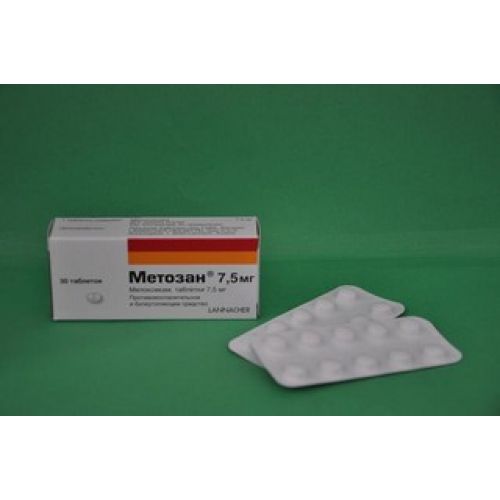

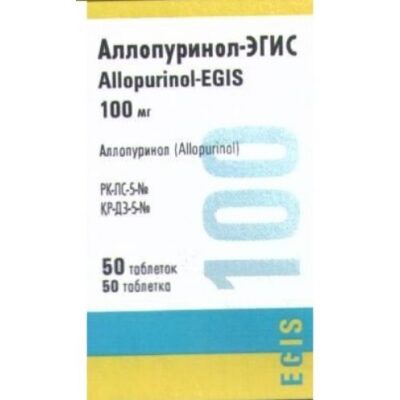
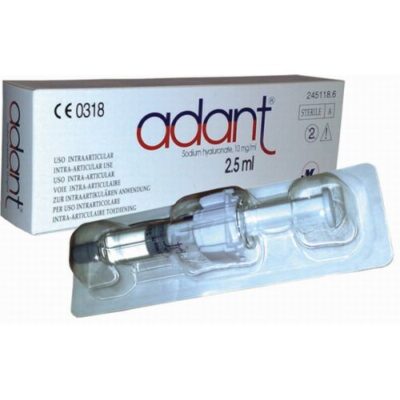
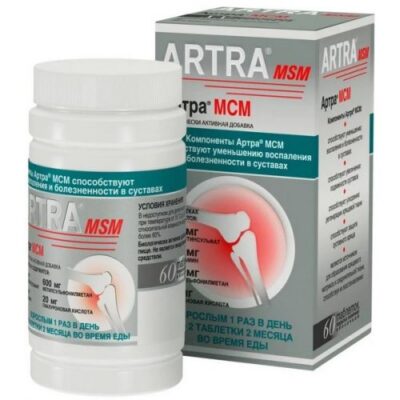
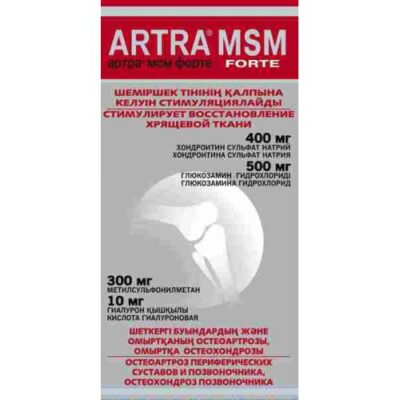
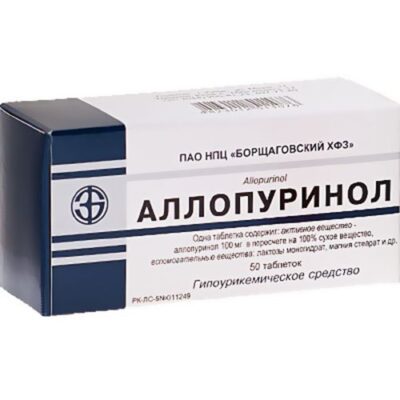
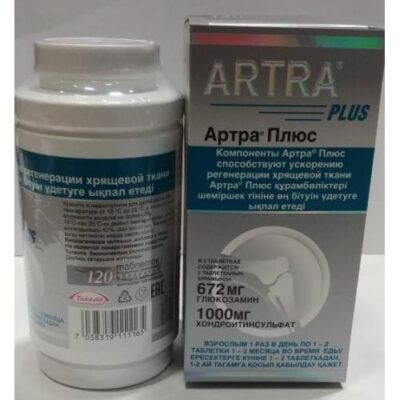
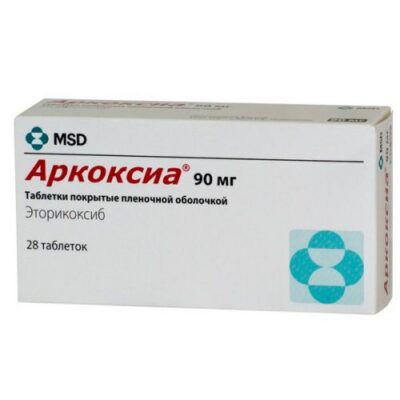
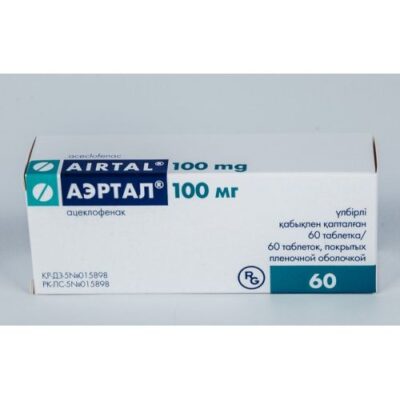
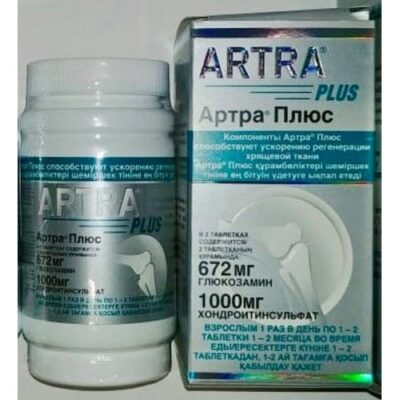






Reviews
There are no reviews yet.